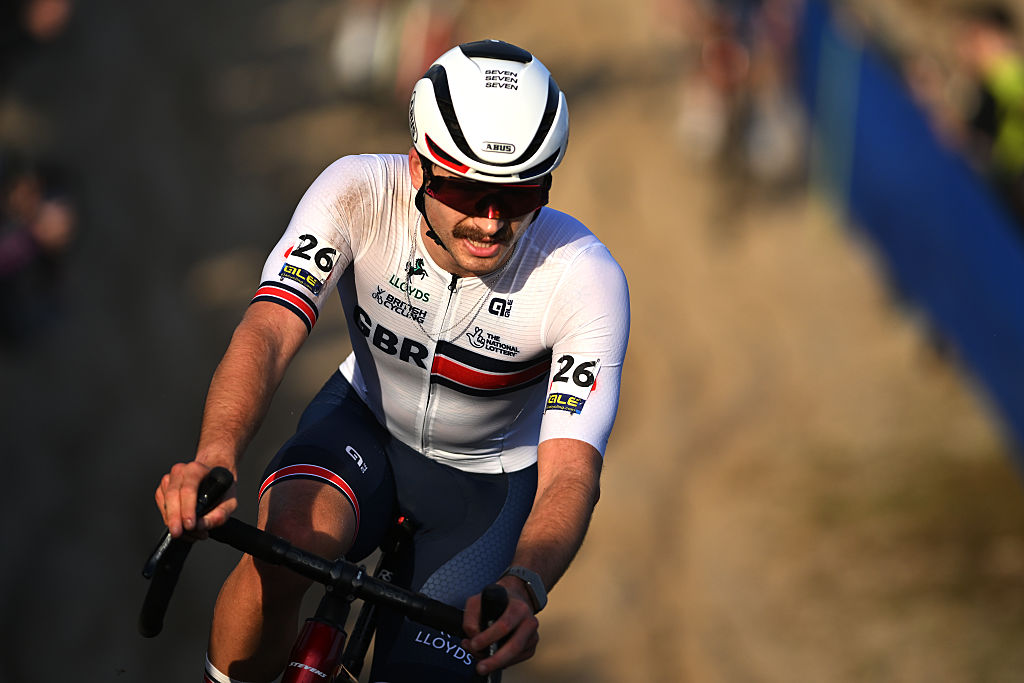Velorama: A flash in the pan or the future of cycling?
Growing pains for first-year Colorado Classic
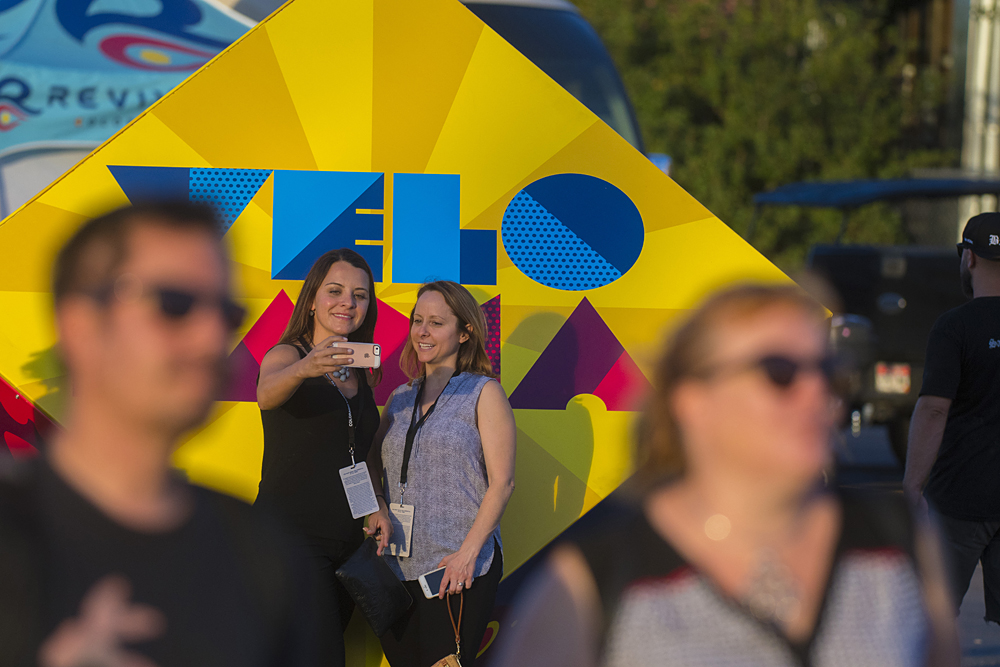
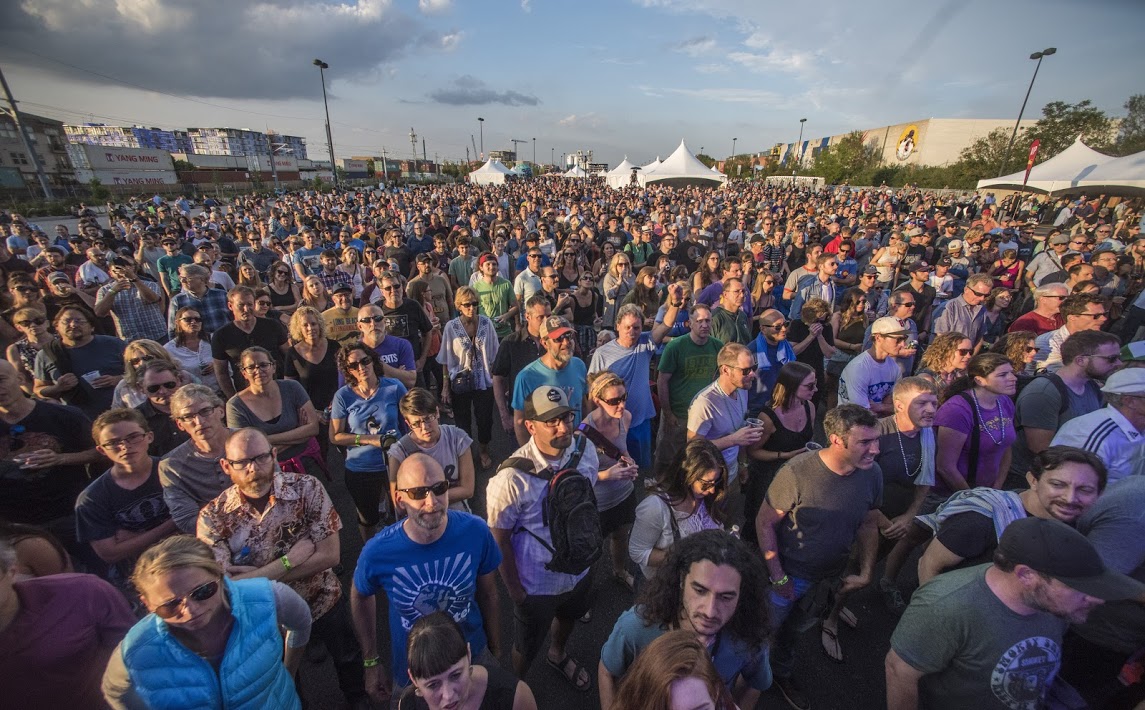
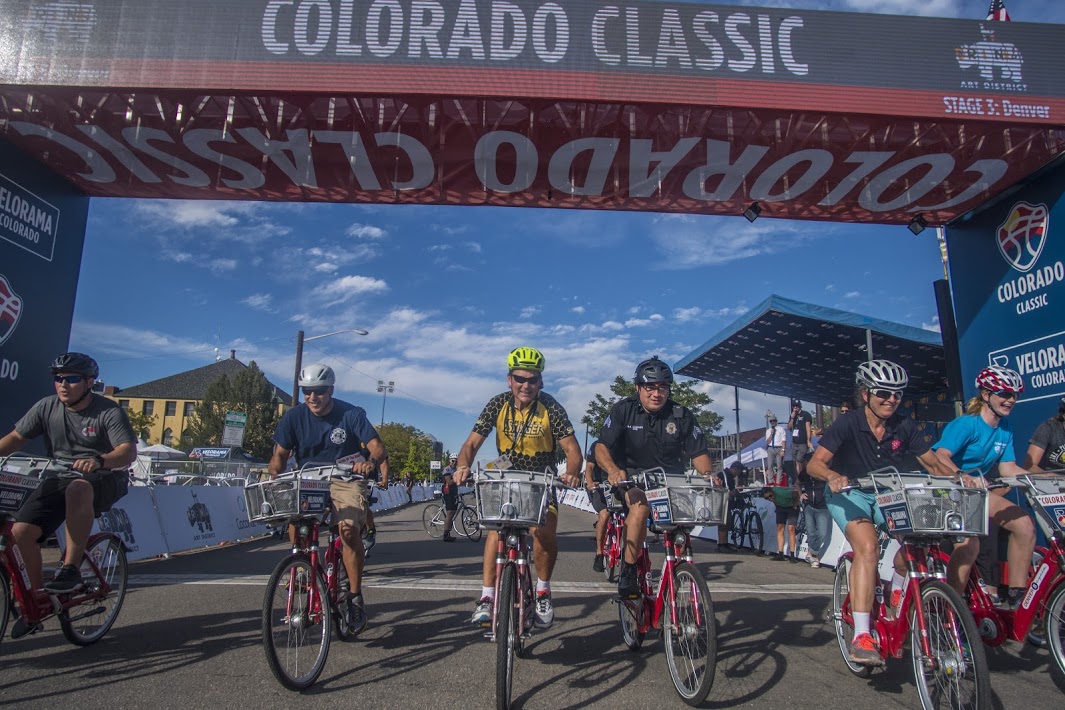
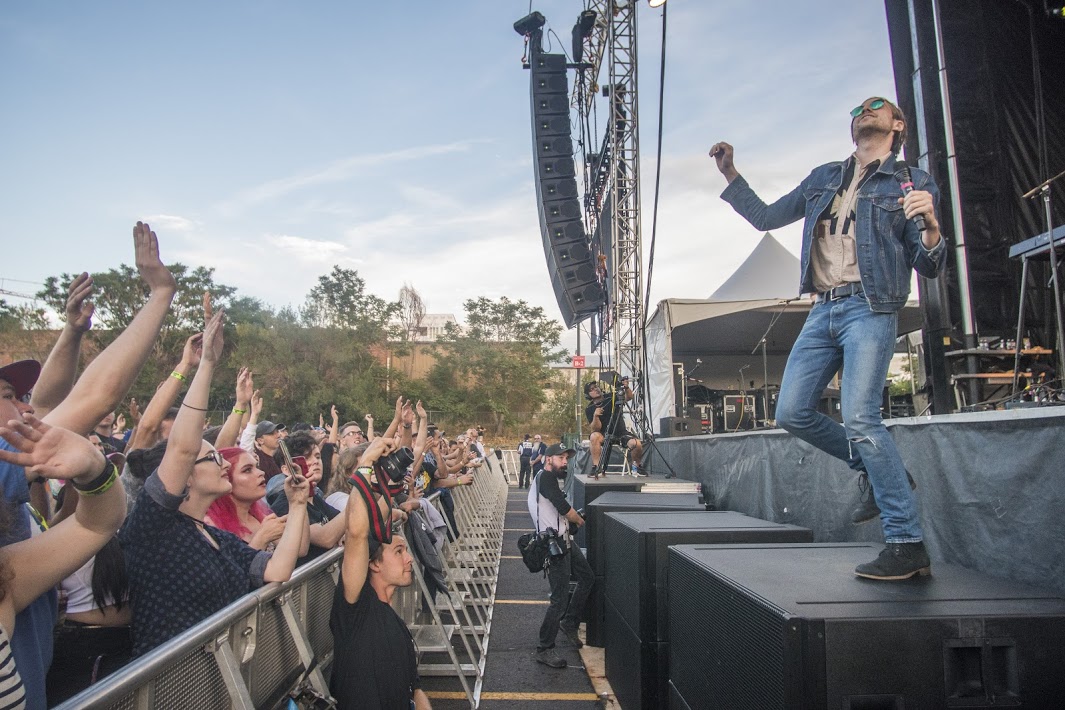
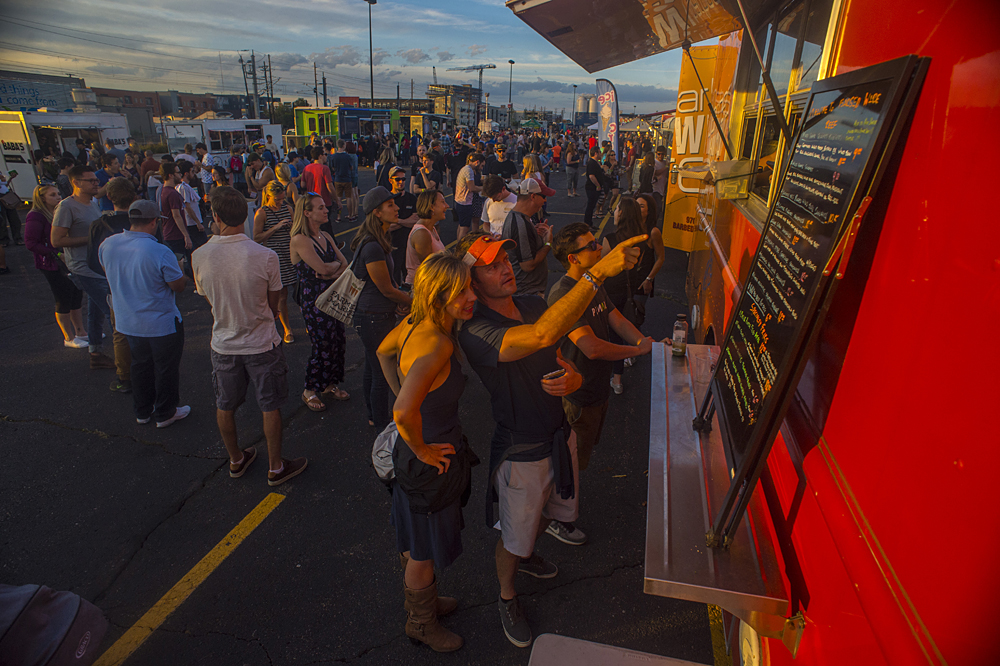
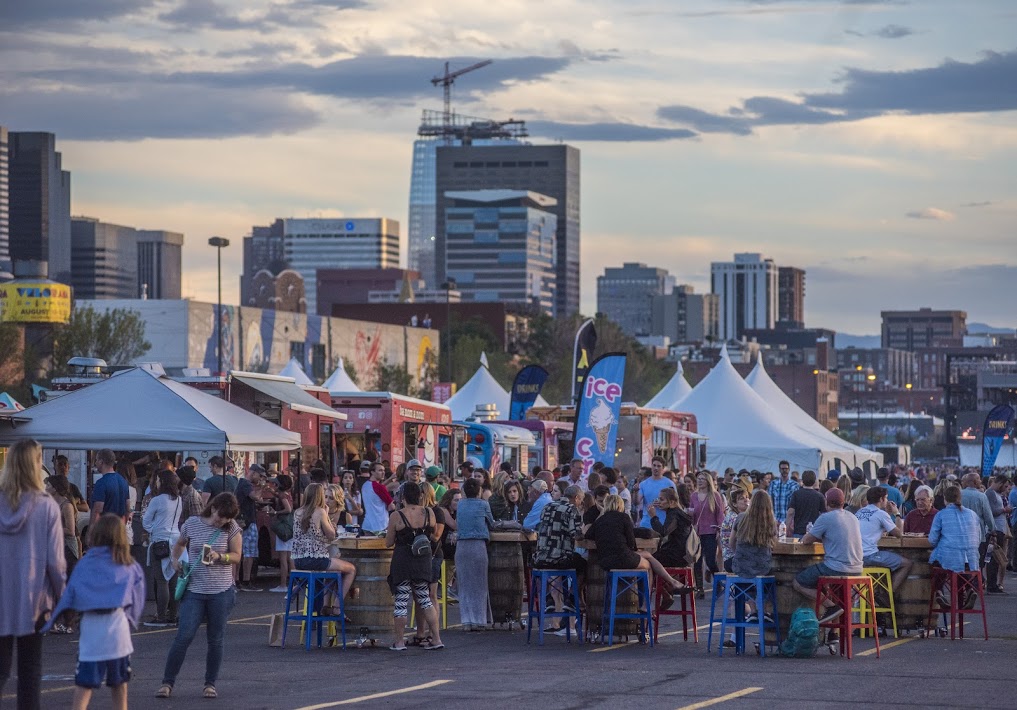
The organisers of the Colorado Classic and the partner Velorama festival declared the event a success, but even in the heavily veiled PR-speak of the post-race press conference, it was clear that the concept was imperfectly executed.
The event was a bold experiment to inject some life into the sport by combining the UCI 2.HC stage race with a three-day music festival replete with multiple beer sponsors, food trucks and the hand-crafted product vendors of the Denver Flea market. The race was even broadcast by NBC Sports live streaming.
Ken Gart, chairman of RPM Group, the event promoters, said he was thrilled with the outcome. He estimated there were 30,000 people in attendance and said he received ample positive feedback.
"I feel like the fundamental concept of marrying a music festival to a bike race and a broader community celebration using the unique atmosphere of RiNo was very successful. We heard consistently from fans and sponsors that they were thrilled," Gart said. "We did have some problems, which we fixed to a great degree. But like every first year event it certainly wasn't perfect. But overall we were absolutely thrilled."
There were some snafus at the music festival. Lines on the first evening to get in or to buy beer were so long that ticket holders complained they missed seeing the bands, a situation that was largely rectified by the second night. The sound for the music festival's headliners, Death Cab for Cutie, had technical difficulties. Spectators struggled to navigate the sprawling venue, and had to choose between watching the evening bike races or seeing the bands as there was no way to do both.
The racing proved to be aggressive, in particular on stage 2 in Breckenridge, but the course was so short and so many riders were dropped on the climbs that the front of the race convoy caught the back end, resulting in a fair bit of chaos on the narrow roads.
Some issues were beyond the control of the organisers. Severe thunderstorms plagued the stages, forcing the helicopter camera and fixed wing aircraft that relays signals from the race to the broadcasters and team cars to the ground. Not only did the lack of pictures and information make for an uncomfortable viewing experience on the live stream, it may have impacted the overall race result. On stage 3, when race winner Manuel Senni (BMC) escaped with Serghei Tvetcov (Jelly Belly-Maxxis), teams complained about not having accurate time gaps, and when they realised the advantage of the duo was large, it was too late to chase.
The latest race content, interviews, features, reviews and expert buying guides, direct to your inbox!
Race director Jim Birrell of Medallist Sports admitted that the race wasn't perfect. "I think all the right ingredients are here, maybe the bowl was a little big this year and we'll look for a different mixing bowl - [there were] a lot of great lessons learned," he said.
"I think the format that Ken and RPM folks came up with lends itself to a better spectator, community experience and sponsor experience," Birrell said.
Riders seemed to appreciate the enthusiasm and size of the crowds that came out to cheer them on. The fans in Breckenridge were especially enthusiastic, crowding the KOM on Moonstone Road with dancing, costumes and blasting music.
"I think it was awesome," said Travis McCabe (UnitedHealthcare), winner of the points classification. "Colorado is a cycling state, everyone was out cheering us on, drinking and having fun. It makes for a great environment. The people we saw out on Moonstone were incredible. I think it's a very cool venue, I think there will be a lot of growth in the future. The shorter stages make for a more dynamic racing style, a format you don't really see over in Europe."
Alex Howes (Cannondale-Drapac), who finished third overall, agreed.
"It's a little different," he said. "The Colorado Classic is not exactly the Giro or the Tour, but I think it made it more exciting. [Saturday on stage 3] everyone thought were we were going to ride around and it would be a 35-man bunch sprint, but it ended up being the stage that decided the whole thing. I think cycling needs more of that. As bummed as I was about how things went, I think we need surprises. The UCI needs to adapt as well. Maybe we need to take a lesson from roller derby or something. We need to animate it, and we need to get people revved. Hopefully they'll show up in 2018 like they did this year."
Despite the event's challenges and expectations of losing money in the first year, Gart promised that the race would return bigger and better for a second edition in 2018. Which cities it would visit remains to be seen, but the festival seems likely to return to Denver.
"We have a preference to Denver because of the amount of people here that can come and see the music festival. But we feel like we have a lot of roads that we can navigate for next year," Gart said.
"As part of my due diligence as the chairman of RPM Group, I went to Tulsa Tough. That's a race that that community just loves. We're trying to come up with concepts that fit the community and will create that energy and excitement that will ignite maybe non-cycling fans. We try to find a community that can host it and also fit in the circuits. I think there are communities that can do that."

Laura Weislo has been with Cyclingnews since 2006 after making a switch from a career in science. As Managing Editor, she coordinates coverage for North American events and global news. As former elite-level road racer who dabbled in cyclo-cross and track, Laura has a passion for all three disciplines. When not working she likes to go camping and explore lesser traveled roads, paths and gravel tracks. Laura specialises in covering doping, anti-doping, UCI governance and performing data analysis.
